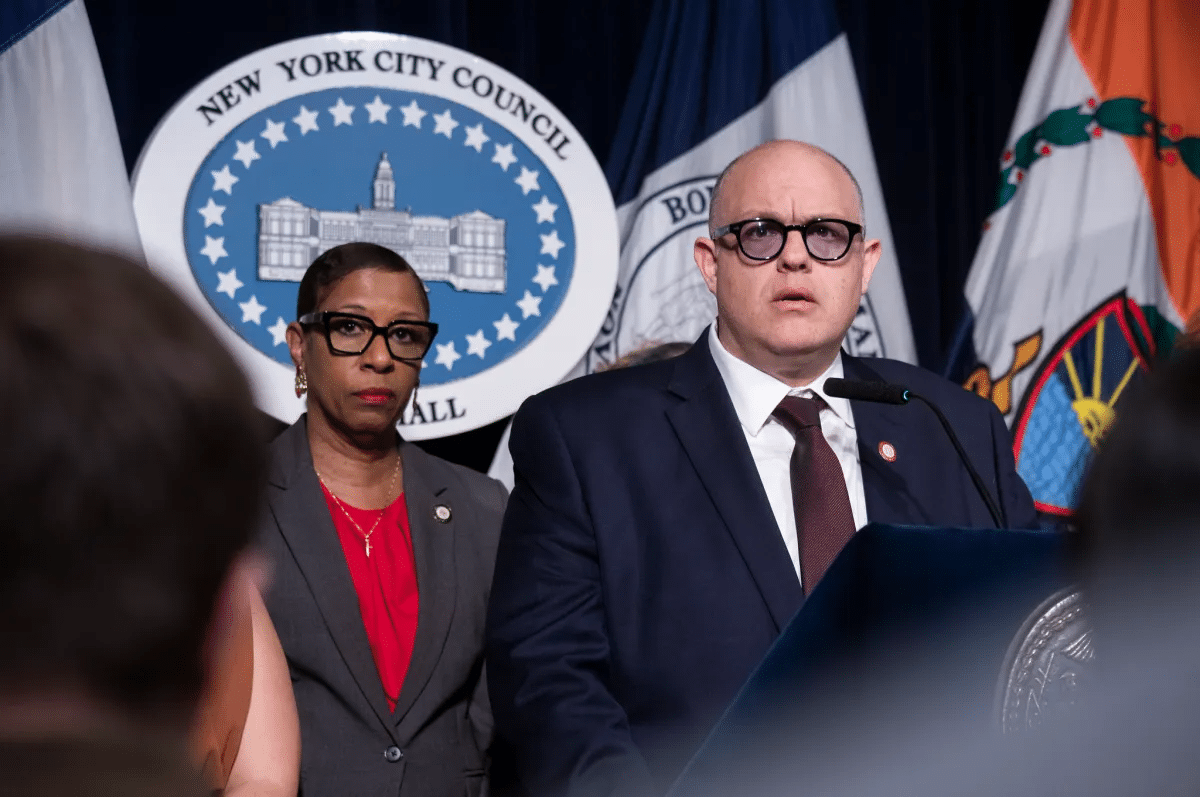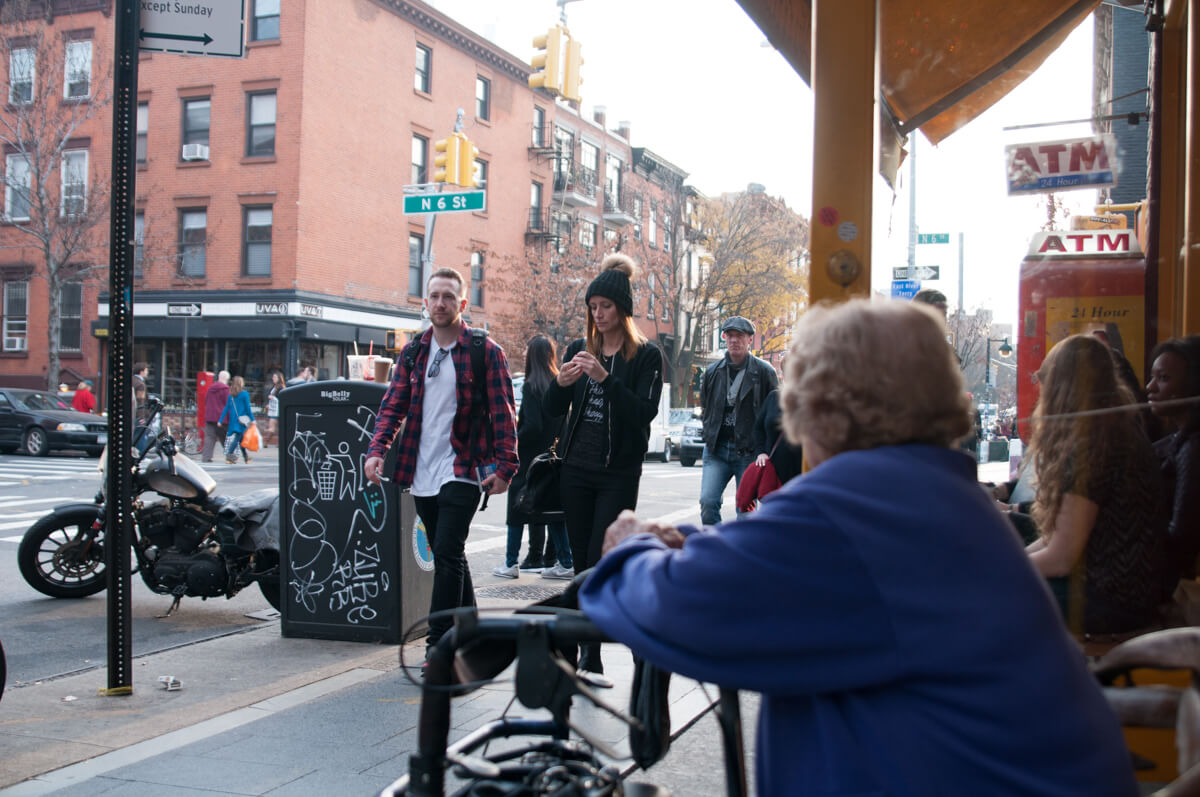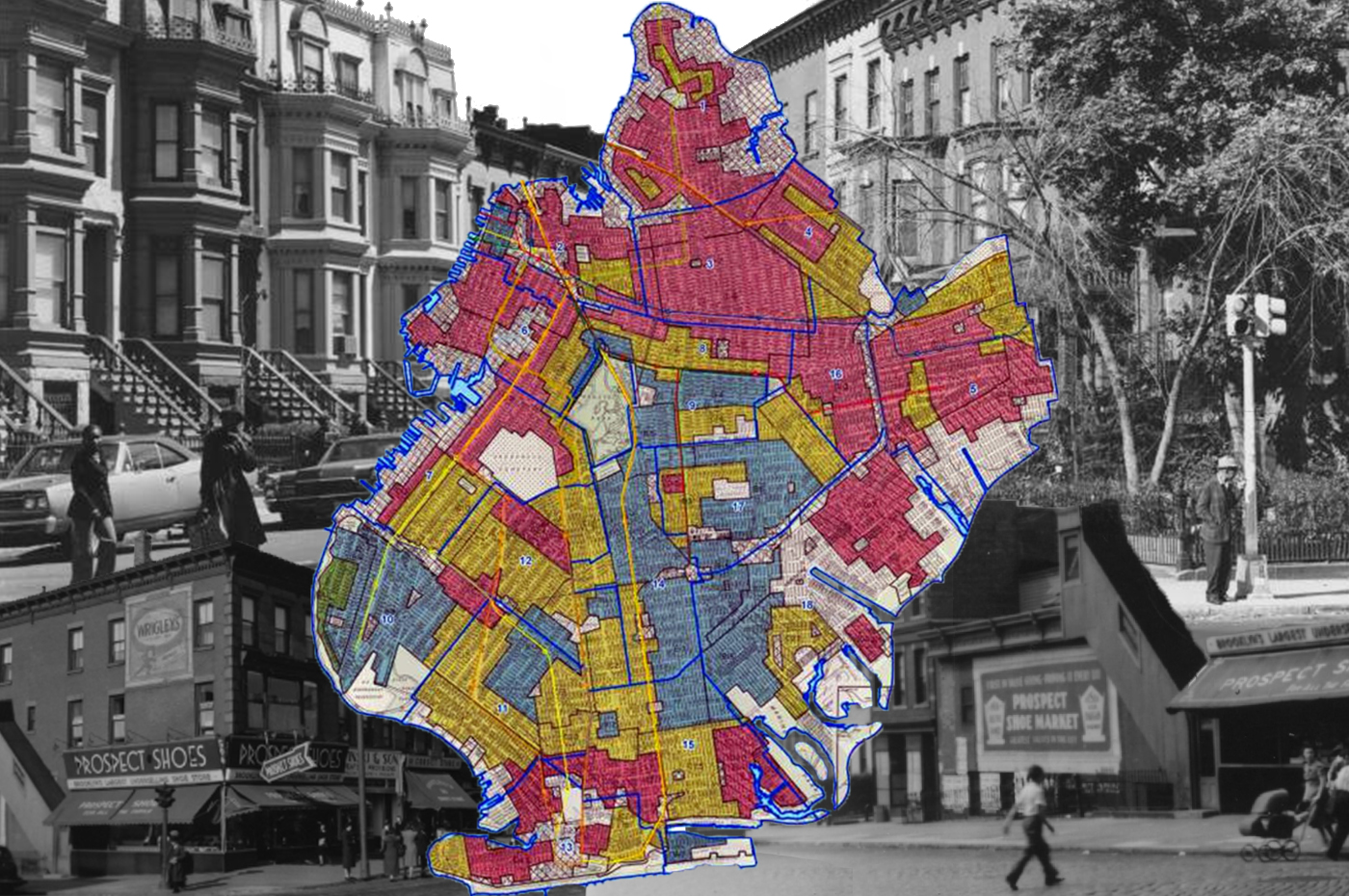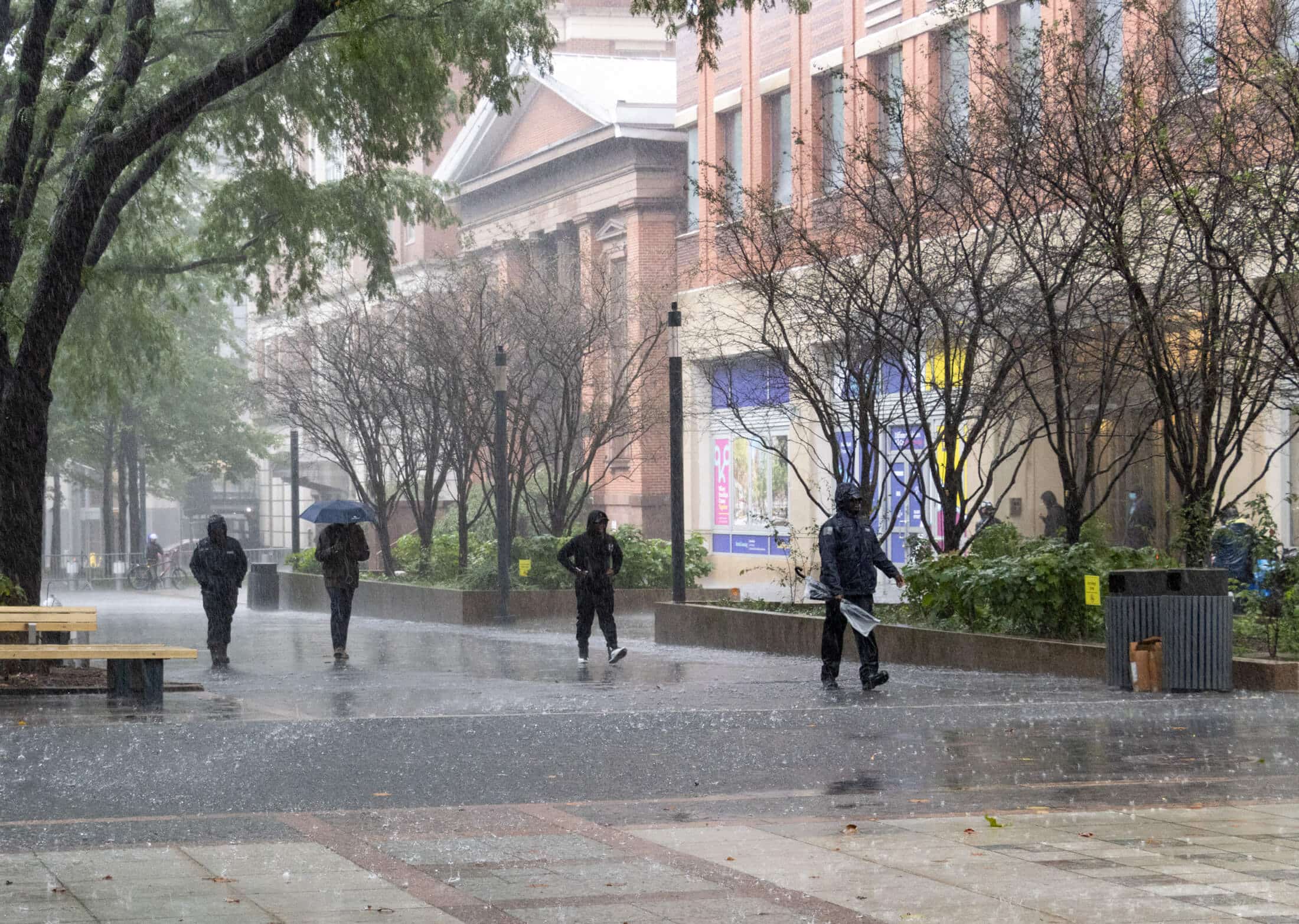City Council Unearths Billions to Reverse Cuts to Schools, Parks, More
The plan would fund 3-K, libraries, mental healthcare, municipal reserves, and leave a $1 billion surplus.

Photo by Susan De Vries
Ethan Stark-Miller, amNY
The City Council on Monday announced it has identified more than $6 billion in additional funds that can be used to reverse Mayor Eric Adams’ series of deep budget cuts in its response to his Fiscal Year 2025 preliminary budget.
The budget plan’s release on April 1 kicks off the next phase of heated negotiations leading up to the June 30 deadline where the mayor and council must agree on a spending plan for the coming fiscal year.
City Council Speaker Adrienne Adams, during a Monday news conference, said the council has long maintained the mayor’s budget cuts were “unnecessary,” given that its estimates of the city’s finances have consistently been higher than numbers from the mayor’s office. She said the newly identified $6.15 billion in funds should be used to undo the mayor’s cuts and better plan the city’s fiscal moves going forward.
“The council’s budget response reverses harmful budget cuts, invests in replacement of expiring federal stimulus dollars for key services, and safeguards our city’s fiscal health,” the speaker said.
The release of the council’s response follows a month of hearings where city lawmakers examined the mayor’s $109 billion preliminary spending plan, unveiled in January, for the coming fiscal year.
The council says the additional available funds partially come from $3.3 billion more in projected tax revenue for this fiscal year and the next than what was forecasted by the mayor’s budget office, which the council already announced early last month. The rest is derived from $2.25 billion in potential underspending and $550 million of in-year reserves.

Specifically, city lawmakers call for using $1.6 billion of the newly found money to restore Adams’ trims to vital city services like its 3-K program, public schools, three public library systems, and Parks Department.
“We believe that we have what we need to restore all of the previously proposed cuts and then some,” said Council Finance Chair Justin Brannan. “The council will not stand for further cuts to essential programs and services that New Yorkers rely on.”
The plan also puts money toward council priorities such as affordable housing and mental health care, replacing expiring federal stimulous funding and $3 billion for the longer-term fiscal health of the city — including funding municipal reserves and leaving a $1 billion surplus.
“This is a model for responsible budgeting,” Speaker Adams said. “The focus of our investments and restoration are in several areas that respond to some of our city’s most significant challenges.”
‘We made the right decisions’
Mayoral spokesperson Amaris Cockfield, a statement, defended the administration’s budgeting approach, insisting it used “strong fiscal management” to close a projected $7 billion gap.
“We made the right decisions without interrupting New Yorkers’ access to the critical services they need and deserve,” Cockfield said.
When it comes to 3-K and Universal Pre-K, the council is calling for investing $361 million in the programs, including fully restoring $170 million in funding the mayor cut from them in November and January. Furthermore, the council wants to invest $45 million in additional funding, on top of $15 million allocated in last year’s budget, to expand the number of full-day and full-year seats offered by the two programs to 4,000.
The council’s plan also seeks to replace a total of $550 million in expiring federal stimulus funding for education programs overall.
The advocacy group New Yorkers United for Child Care applauded the council’s plan in a statement.
“The City Council’s budget is a clear rebuke of the mayor’s agenda of childcare disinvestment, and begins to make right on the promise of truly universal Pre-K and 3-K that so many New Yorkers have come to depend on,” the group said.
The city’s legislature also seeks to allocate $58.3 million to the New York, Brooklyn, and Queens public libraries. The amount would include reversing $22.1 million cut from the systems in November, $20.5 million in one-time funds included in the current fiscal year’s budget, and $15.7 million in one-time council discretionary dollars.
The funding boost would allow the systems to restore seven-day-a-week service, after cutting it at most branches in November, and stave off future service reductions library leaders warned could be on the horizon.
Additionally, the council wants to bring back $50.5 million in Parks Department program funding and headcount cuts and invest $9.2 million to support those initiatives.
Adams enacted 5 percent across-the-board spending cuts in November and January to stave off what it predicted to be an impending fiscal crisis driven by the influx of over 180,000 migrants to the city since April 2022. City Hall said the cuts helped it close a projected $7 billion gap for the next fiscal year.
Adams has pulled back on some of the most unpopular cuts in his November Plan, to areas like the NYPD and FDNY, while sparing both of those agencies and the Department of Sanitation from any more reductions. He also canceled a third round of reductions that was planned for this month.
The mayor has said he was able to make those restorations due to his fiscal prudence, better-than-expected revenue and a planned 30 percent reduction in spending on services for migrants.
Yet the council has consistently pushed for further restorations, especially to areas like early childhood education, libraries, and parks. But the administration has so far stayed noncommittal on reversing more cuts.
Nonetheless, Speaker Adams said the council is feeling “very good” going into the coming weeks of budget negotiations.
Brannan said that even if the number of migrants coming into the city increases again, following a lull this winter, he does not expect a continuation of the mayor’s consecutive budget cuts and restorations that have played out over the past year.
“We don’t see that roller coaster continuing,” Brannan said. “I think with tax reveneues blowing past even the most optimistic forecasts, we have what we need to handle it.”
Editor’s note: A version of this story originally ran in amNY. Click here to see the original story.
Related Stories
- Job Training Key to Mayor’s New ‘Green Collar’ Jobs Plan
- Will the Mayor’s Affordable Housing Plans Save New York City or Destroy It?
- Mayor Adams Outlines Plans to Make Way for More Housing and a ‘City of Yes’
Email tips@brownstoner.com with further comments, questions or tips. Follow Brownstoner on Twitter and Instagram, and like us on Facebook.









What's Your Take? Leave a Comment